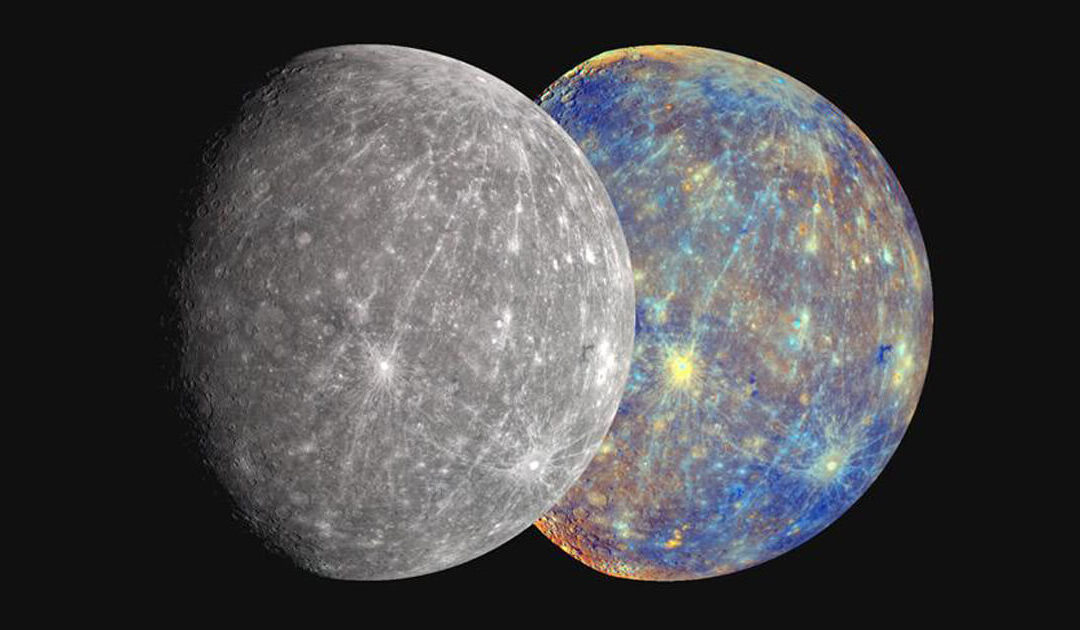Mercury watchers will have several chances to view this elusive planet over the next two weeks. Since Mercury is the closest planet to the Sun, there is a small window in which it is visible.
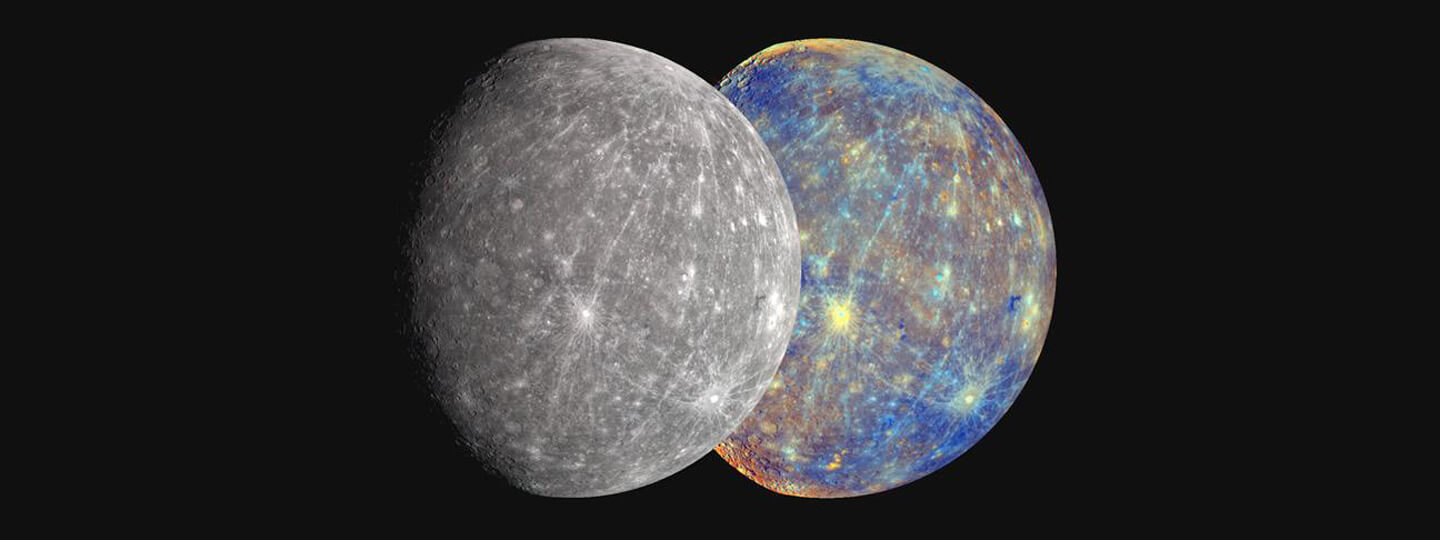

Mercury in true color (left) and enhanced color (right).
Credit: NASA/Johns Hopkins University Applied Physics Laboratory/Carnegie Institution of Washington
Stargazing: Mercury spotting from June 12-29
June 10, 2025
Julie Silverman, Carnegie Science CenterMercury watchers will have several chances to view this elusive planet over the next two weeks. Since Mercury is the closest planet to the sun, there is a small window in which it is visible. Use extreme caution to avoid looking directly at the Sun when gazing low in the West South-west at dusk, around 9:00–9:15 p.m. The smallest planet in the solar system will be at its brightest of the year near June 12 but will rise higher in the sky towards June 29–30.
This small rocky planet that zips around the sun in only 88 days has a pocked surface similar to our moon. However, Mercury’s surface is far less reflective. Only about two-thirds as much light beams back.
The BepiColumbo spacecraft, joint mission of ESA (European Space Agency) and JAXA (Japan Aerospace Exploration Agency, imaged volcanic vents and enormous craters on its most recent Mercury fly-by, January 2025. It was startling to discover water ice close to the sun, hidden deep in permanently shadowed craters. When BepiColumbo orbits around the planet in 2026, two main orbiters will deploy around the pole regions to further explore some of the solar system’s coldest places.
As Mercury’s enormous iron core continues to cool, the tiny planet keeps shrinking. Its single continental plate wrinkled into a stunning “Great Valley,” an area far wider and deeper than Earth’s Grand Canyon.

Stargazing: Crescent Moon by Spica
On the evening of July 30, one of the bluest stars in the sky will gleam just above the waxing crescent moon. Spica is a blue giant star and the brightest in the constellation Virgo. Home > Blog [acf...

Stargazing: Scorpius
Soaring through July skies is an ancient arachnid known for its sting. Scorpius the Scorpion, with its distinctive curved spine and stinger poised to strike, holds a large profile low to the southern horizon. Its Latin name translates to the “creature with the...

Stargazing: Vega – Anniversary of First Photo of Star Taken
On July 17th, 1850, the first photograph of a star other than our Sun was taken. Home > Blog Brilliant Vega is the brightest...
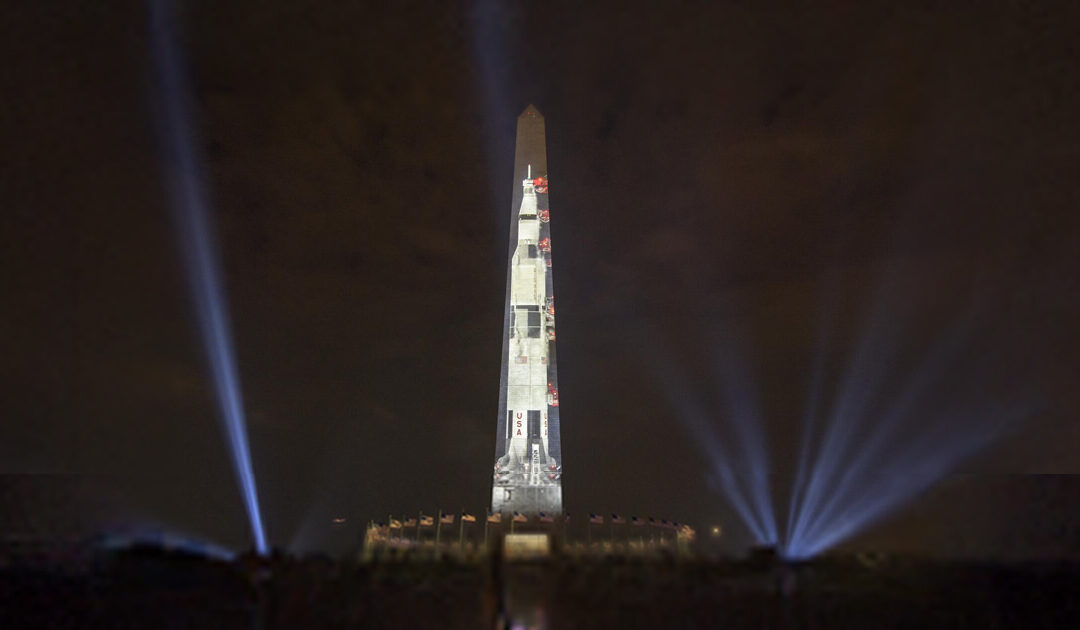
Stargazing: Pittsburgh Goes to the Moon
This year celebrates the 56th anniversary of the first moon landing. On July 20, the world watched as Neil Armstrong and Buzz Aldrin stepped onto the surface of the moon. Home > Blog [sv...
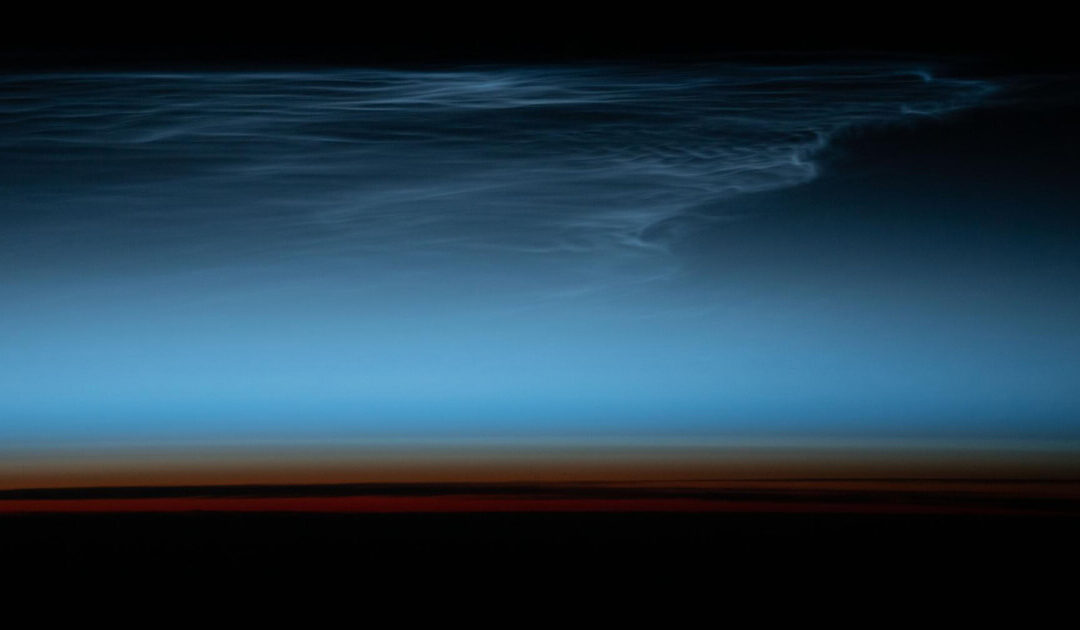
Stargazing: Noctilucent Clouds
Summer is the season to spot rare and luminescent Noctilucent Clouds. From May to early August, these ethereal clouds show their best displays thirty minutes after sunset or before sunrise. Home > Blog [acf...
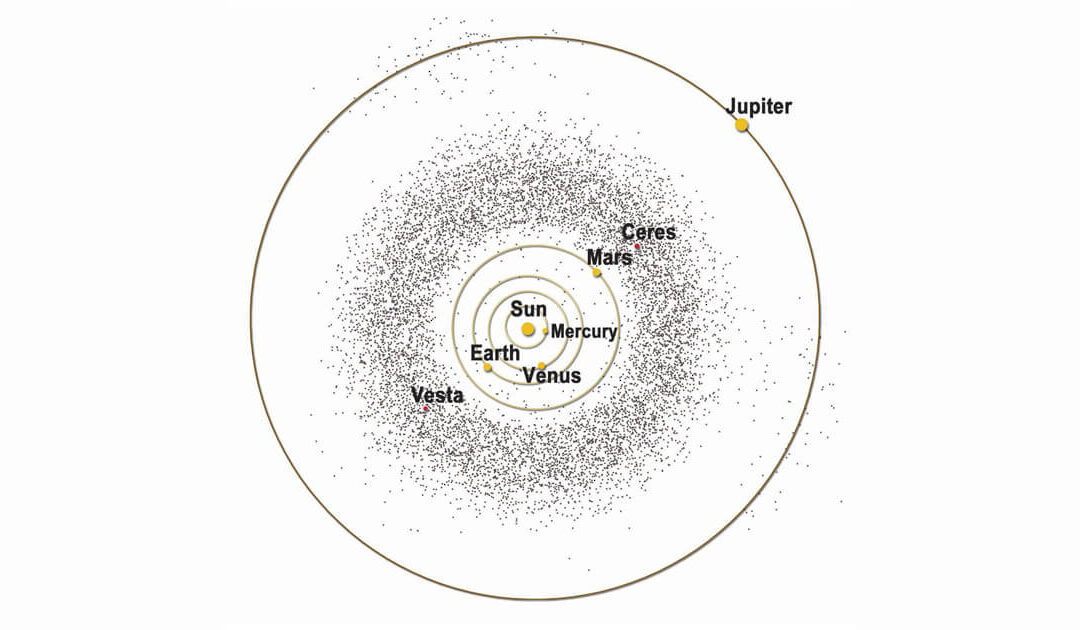
Stargazing: June 30 Asteroid Day – date of Siberian Tunguska Event
Pre-dawn hours of June 27 will bring peak opportunities to view June’s Bootid meteor shower. A thin crescent moon will enhance the chances of seeing meteors flash across the sky. Home > Blog ...

Stargazing: Solstice June 20– also, Moon-Saturn-Neptune close approach 5:45 a.m. June 18
Welcome summer! On Friday June 20 at 10:42 p.m. EDT, the sun will reach its northern-most point in the sky. Home > Blog Welcome...
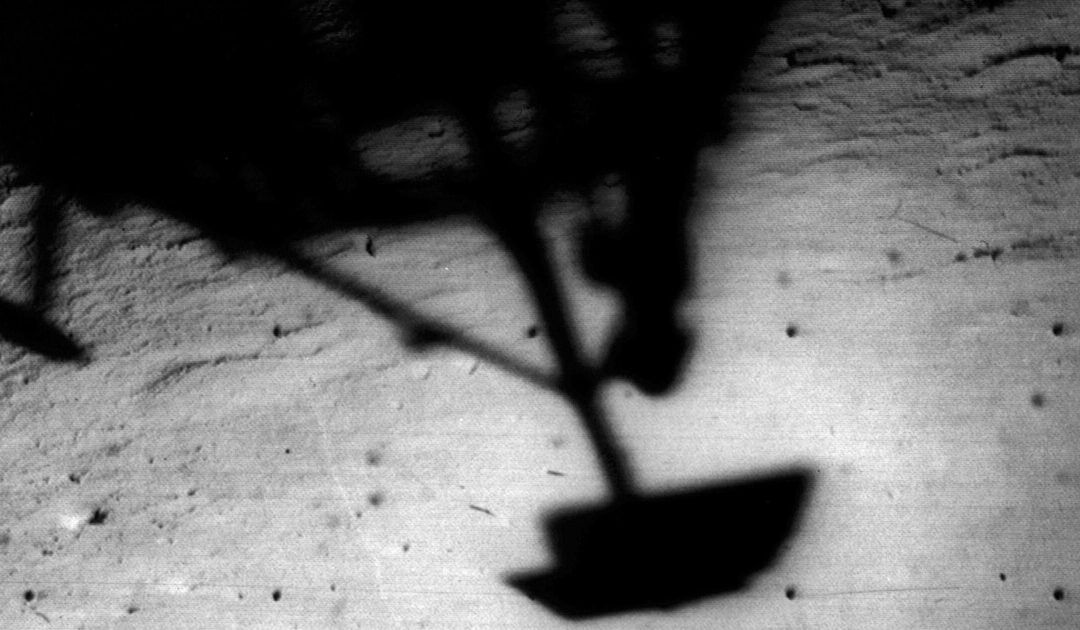
Stargazing: Surveyor 1 June 2 Moon landing 1966
On June 2, 1966, Surveyor 1 softly landed on the lunar surface, and NASA celebrated a significant success in the Space Race. Home > Blog ...
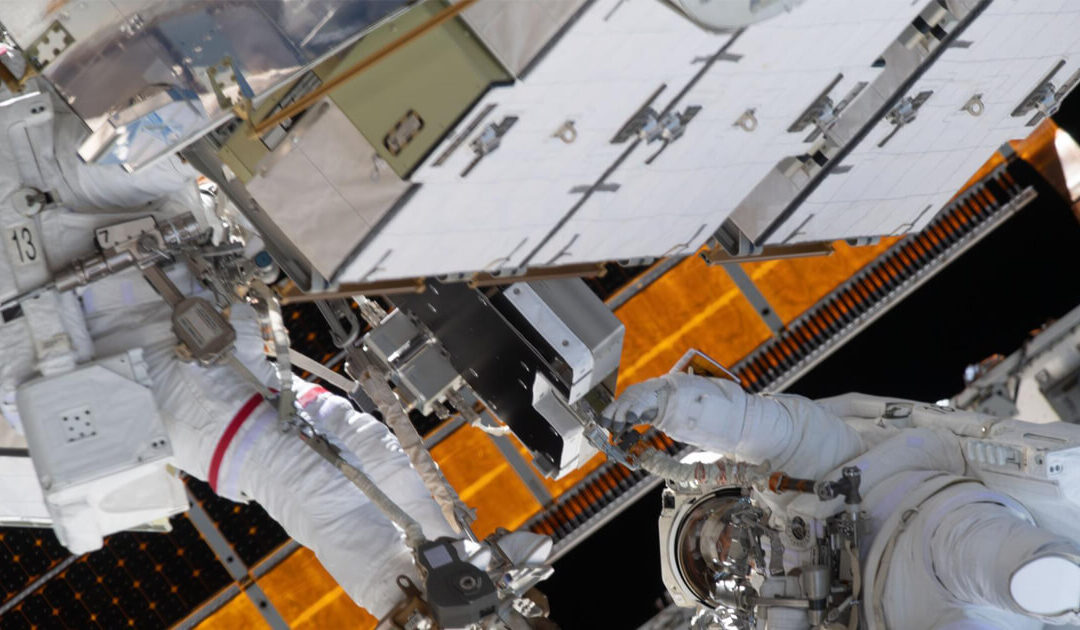
Stargazing: Ed White 1st American to walk in space/ISS’s first all-woman spacewalk
Sixty years ago, an American astronaut walked in space for the first time. At 3:45 pm on June 3, 1965, Ed White opened the hatch of the Gemini 4 mission and propelled himself into space. Home > Blog [acf...
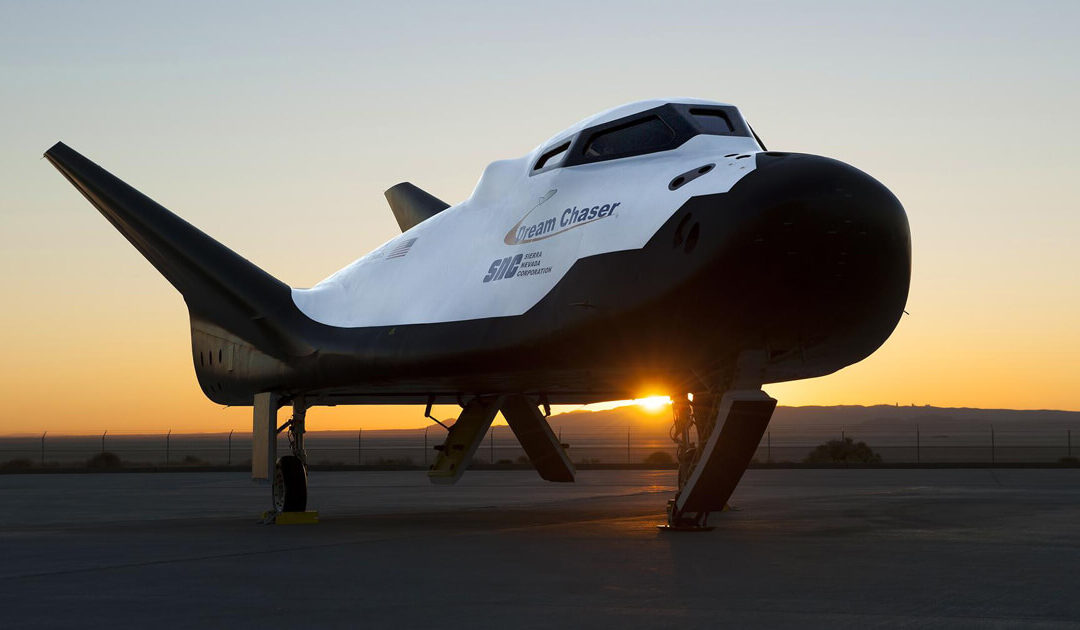
Stargazing: ULA Vulcan Centaur: Sierra Space Dream Chaser
A spaceflight first is poised to take place in May. Sierra Space Corporation, the private Colorado-based company, has been developing a reusable “spaceplane.” Home > Blog [sv...


